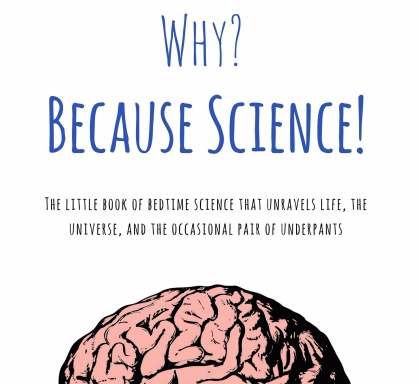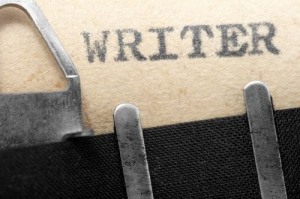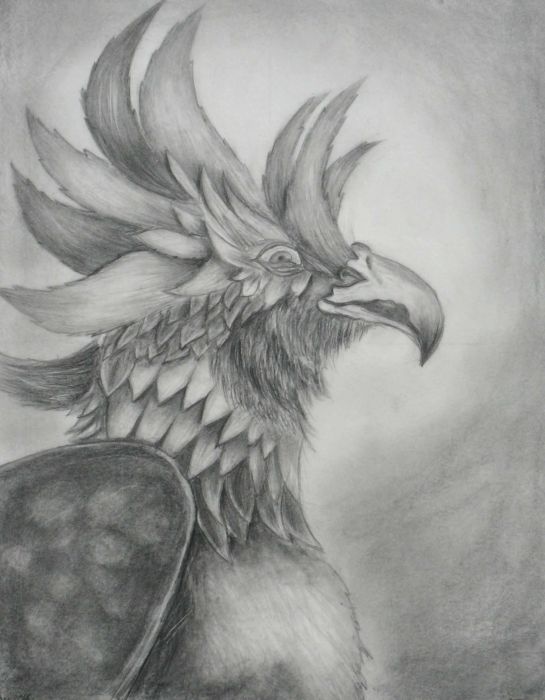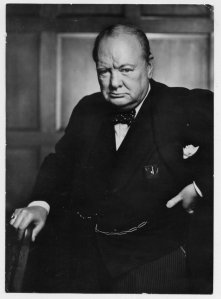 The weight problem
The weight problem
The human body is naturally buoyant (it floats). For this reason, a scuba diver must add weight (usually in the form of a weight belt with lead blocks) to ensure he or she will be able to descend and ascend in a controlled manner.
Due to the multiple factors that influence the calculation of the required weight for a belt such as water type (fresh vs. salt), diver weight, body fat, gear, temperature, etc. setting it up a with the right amount of lead can be a daunting task. Especially for novice divers that are still learning the ropes of buoyancy control.
This, more often than not, leads to an “improper” weighted diver who is either too heavy or too light and struggles to maintain neutral buoyancy. As a result, the diver uses more air than necessary reducing the bottom time and increasing risk.
Many diving agencies have developed “rule of thumb” guidelines to calculate the required weight but these usually don’t take into consideration all the factors that affect buoyancy and the approximated suggestions need to be adjusted continuously.
To prevent this and help fellow divers, this paper describes the physics of buoyancy with the objective to describe a more accurate method to calculate the weight requirements for any diver and condition.
So, buckle your belt up (no pun intended) take your calculator out and get ready to uncover the actual weight you need to put on your weight belt for your next dive!
Understanding buoyancy
When a body is placed in a fluid, two main interacting forces determine if it will float, sink or remain suspended: The buoyancy force (Fb) and the force of gravity (Fg).
To determine the body behavior in the fluid consider the following table:
|
Fb > Fg
|
Floats – Positive buoyancy
|
|
Fb < Fg
|
Sinks – Negative buoyancy
|
|
Fb = Fg
|
Neutral – Neutral buoyancy
|
Determining the buoyancy force (Fb)
Buoyancy force is determined by three factors:
- The submerged volume of the body (Vs)
- The density of the fluid (D)
- The force of gravity (g constant with a value of 9.81 Newtons/Kg)
Buoyancy force is calculated with:

Calculating fluid density (D)
Diving only happens in water! This makes the fluid density calculation a bit simpler, however, there are a couple of things that must be considered: Water temperature and salinity. To determine the density, use the following table(1):
|
Temperature (Celsius)
|
Fresh water 
|
Salt water 
|
|
4
|
1000
|
1024
|
|
5
|
1000
|
1024
|
|
10
|
999.98
|
1024.94
|
|
15
|
999.2
|
1024.15
|
|
20
|
998.3
|
1024.22
|
|
25
|
997.1
|
1022
|
|
30
|
995.7
|
1020.56
|
Calculating the volume (Vs)
For diving, this is the most complicated element to calculate. Several factors must be considered to accurately determine the submerged volume. To simplify the calculation, only the most relevant variables will be taken into account:
- Body weight
- Body composition: since fat floats and muscle tends to sink, this must be considered on an individual basis
- Tank weight and volume
Body volume: to calculate the diver’s body volume, it is necessary to determine the amount of fat and muscle. I suggest that a simplified version of this calculation can be done by using the body mass index (BMI) as a guideline. To calculate BMI(2):

BMI can be related to the percentage of body fat and body density according to the following table(3):
|
Category
|
BMI
|
Body Density
|
|
Fitness
|
<18.5
|
1.282
|
|
Normal
|
18.5 – 24.9
|
1.01
|
|
Overweight
|
>25.0
|
0.808
|
With these elements, diver body volume (Vd) is calculated with body weight (Wd) and body density (Dd) with the following formula:

Note that the operations with the constants (1000 and 1×106) are used to maintain the unit of measure integrity. The final result is expressed in m3.
Tank volume: For an accurate volume (Va) calculation it is necessary to take into account pressure after compression (Pc – typically 210 bar), Volume of gas after compression (Vc – typically 11 lts) and atmospheric pressure (Pa – constant 1.01 bar). This is expressed in m3 and determined by:

Total volume: Once these elements have been calculated, the diver total submerged volume is obtained as follows:

Determining the force of gravity (Fg)
Gravity is calculated considering: The total weight (W) and the force of gravity (g)

Calculating total weight (W): To calculate the total weight consider the two main elements: diver weight (Wd) and tank weight (Wt).

Tank weight (Wt) varies depending on the material (steel or aluminum), volume and ambient temperature. To determine the total tank weight use:

To determine the tank weight (We) refer to the following table(4):
|
Tank
|
Weight (Empty) kg
|
|
Aluminum 11 lts (AL80)
|
14.2
|
|
Aluminum 13 lts (AL100)
|
18.5
|
|
Steel 11 lts (Steel 80)
|
12.7
|
|
Steel 15 lts (Steel 108)
|
20.8
|
The weight of the tank gas will vary depending on volume and temperature. To determine the density (d), refer to the following table(5):
|
Temperature (Celsius)
|
Density (kg/m3)
|
|
5
|
1.269
|
|
10
|
1.247
|
|
15
|
1.225
|
|
20
|
1.204
|
|
25
|
1.184
|
|
30
|
1.165
|
Calculating the required weight
Once the buoyancy and gravity forces have been calculated. the required weight (in kg) for the belt can be calculated with:

Compensating for exposure suit and other gear
Divers wear a variety of exposure suits to adapt to different conditions such as water temperature, potential hazards, etc. To calculate the required weight to compensate (Wc) for exposure suit buoyancy consider the following table:
|
Add per mm (fresh water)
|
Add per mm (salt water)
|
|
Exposure suit
|
Kg
|
Lbs
|
Kg
|
Lbs
|
|
Full body 1 piece
|
0.884
|
1.95
|
0.907
|
2.0
|
|
Shorty (no sleeves)
|
0.442
|
0.975
|
0.435
|
1
|
If the diver is wearing extra gear, add the required weight to compensate according to this table:
|
Fresh Water
|
Salt Water
|
|
Additional gear
|
Kg
|
Lbs
|
Kg
|
Lbs
|
|
Hood and gloves
|
0.435
|
0.96
|
0.453
|
1
|
|
|
|
|
|
Calculate the total weight
The total weight belt (Wt) will be determined by Bw plus the required compensation for exposure suit and other gear (Wc). Additionally, due to the weight blocks availability at most diving shops, this number needs to be rounded.
As a safety measure and personal preference, a margin of +/- 10% can be factored into the final calculation to get the recommended weight belt range:

Recommended weight range = Wt +/- 10%
Putting it together, a practical example
The best way to understand these calculations is with real life example:
A diver needs to calculate the weight for the belt:
- Diver weight: 86 kg
- Diver height: 1.70
- Water: Salt @ 20 Celsius
- Tank: Steel 11 lts @ 210 bar
- Exposure suit: full body 5 mm
- No hood
Calculate Buoyancy force (Fb):

Density (D) = 1024.22 
Volume (Vs):
 , then Dd=0.808
, then Dd=0.808




Calculate force of gravity (Fg):




Calculate the required weight (Wt):


compensate for exposure suit:


Recommended belt weight range: 6 kg – 8 kg
Final notes and recommendation
Please note that to give credit to the sources that were used during the preparation of this paper, links have been added where you can click for further reference.
Remember that it is recommended that a buoyancy check is performed every time you change the diving environment, gear or conditions. Ensuring that you are properly weighted will make the experience safer and more enjoyable.
Feel free to distribute or copy this material as long as you provide a reference to the source.
Obviously, the author can not take any responsibility on how a diver applies this information.
Happy diving!
-Stein
 El señor Pena Nieto, haciendo uso de una antigua, gastada e insultante tradición política del partido al que pertenece, ha designado como pre-candidato presidencial al señor Meade.
El señor Pena Nieto, haciendo uso de una antigua, gastada e insultante tradición política del partido al que pertenece, ha designado como pre-candidato presidencial al señor Meade.
 The weight problem
The weight problem I love Squash! Not the the vegetable (or is it a fruit?) but the popular sport practiced across the world that for some reason that escapes my understading did not make the cut for the olympic games.
I love Squash! Not the the vegetable (or is it a fruit?) but the popular sport practiced across the world that for some reason that escapes my understading did not make the cut for the olympic games. I love writing. For some reason, I find easier to articulate personal feelings, ideas or thoughts writing them down and thus have found in this blog an outlet to share those little personal treasures that I would probably not do otherwise.
I love writing. For some reason, I find easier to articulate personal feelings, ideas or thoughts writing them down and thus have found in this blog an outlet to share those little personal treasures that I would probably not do otherwise. Pues resulta que el señor Peña Nieto efectivamente plagio en un buen porcentaje la tesis que le otorgó el título universitario que hoy ostenta. Y pues resulta que la universidad donde curso esta carrera ha confirmado el hecho. Pero también ahora resulta que la casa de estudios ante esta situación no va a reaccionar de ninguna manera.
Pues resulta que el señor Peña Nieto efectivamente plagio en un buen porcentaje la tesis que le otorgó el título universitario que hoy ostenta. Y pues resulta que la universidad donde curso esta carrera ha confirmado el hecho. Pero también ahora resulta que la casa de estudios ante esta situación no va a reaccionar de ninguna manera.

 Sir Winston Leonard Spencer-Churchill is one of the few characters in history that really inspires me. I know there are opposing camps when it comes to considering his contributions to this world and many, many different opinions regarding his personality.
Sir Winston Leonard Spencer-Churchill is one of the few characters in history that really inspires me. I know there are opposing camps when it comes to considering his contributions to this world and many, many different opinions regarding his personality. I am returning home! been traveling far away from home and just spent over 12 hours in a plane.
I am returning home! been traveling far away from home and just spent over 12 hours in a plane.